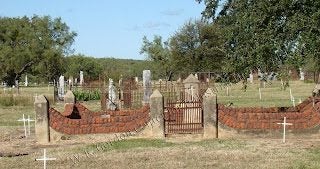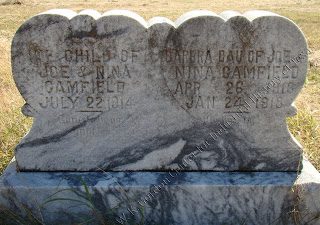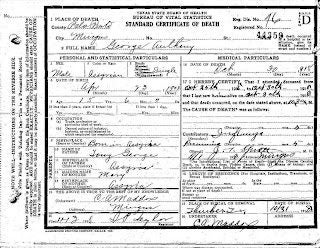Swine Flu vs. Spanish Flu

by Mary Adams
The move from summer to fall is accompanied by many changes. The air is damper, the temperatures are cooler, and the trees begin to change colors and lose their leaves. Some years the coming of fall brings other, less enjoyable, elements such as influenza. Often flu season is a minor occurrence which barely rates media. However, the Swine flu currently infecting the nation inspires daily reports of new cases and deaths attributed to it. Though it has been over ninety years, a flu pandemic has hit the United States before.

In 1918 the Spanish flu ravaged the country causing approximately 650,000 deaths. The newspaper reports would sound familiar today. As the illness spread daily activities were curtailed by a general quarantine that prohibited “public gathering in houses”. The Dallas Morning News reported on October 17, 1918, that influenza cases were still increasing and the ban on “pictures shows, theaters, church, and school” had been extended indefinitely. Dr. Carnes, Dallas City health officer, further advised people to “Stay at home, unless it is absolutely imperative that you be on the streets. When outside wear heavy raincoats, overshoes and carry umbrellas” in order to prevent the spread of disease.

Starting on the East Coast in September 1918 the Spanish Flu worked its way across the United States and by October it had arrived in Thurber, Texas. While the exact number of deaths which resulted from the deadly virus are not known, Thurber residents did not escape its grip. Texas and Pacific Coal Company made sure their employees and their families had access to medical attention. During the epidemic two doctors, Dr. Binney and Dr. Baldridge, treated patients like Antonio Chiampi, a nineteen year old Italian coal miner who passed away on October 25. Dr. Baldridge also attended to the family of Pat Crawford, a coal miner, who lost his three year old son, Eugene, on October 20 followed by his twenty-eight year old wife, Ollie, on October 26, leaving him to raise his nine year old son alone.
T & P Coal Company doctors were not the only choice for Thurberites. Some residents went to nearby Mingus where Dr. John Spratt had a medical practice. In his memoir “Thurber Texas: Life and Death of a Company Coal Town” Dr. Spratt’s son recalled that his father’s patients were in good hands thanks to his expertise in such ailments going so far as to say he “treated scores of flu patients in the Mingus-Thurber area without a single fatality.” However, Anthony George, a fifteen year old of Assyrian descent who lived in Mingus, might disagree. Dr. Spratt signed his death certificate on November 1, 1918 citing that he succumbed to influenza. Just like today, sometimes the best physicians are helpless when it comes to treating the most virulent strains of influenza.






